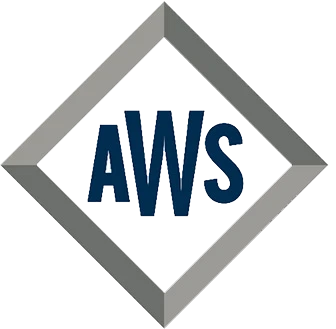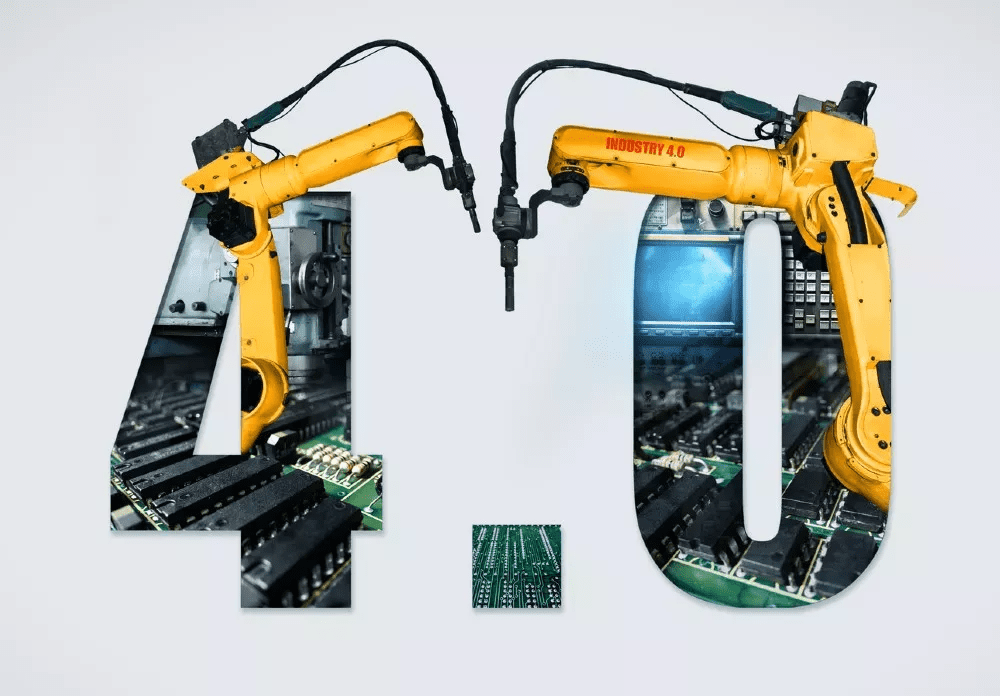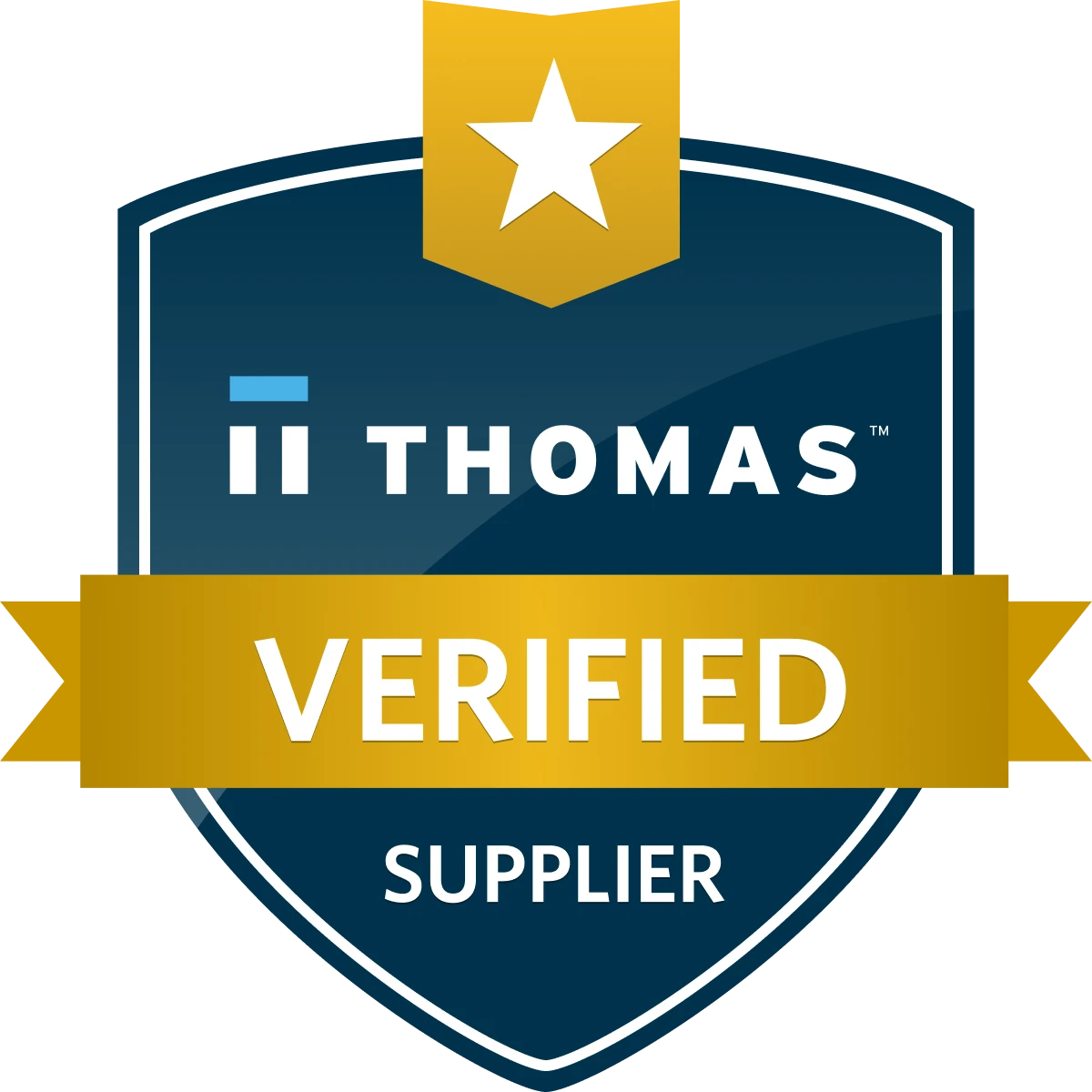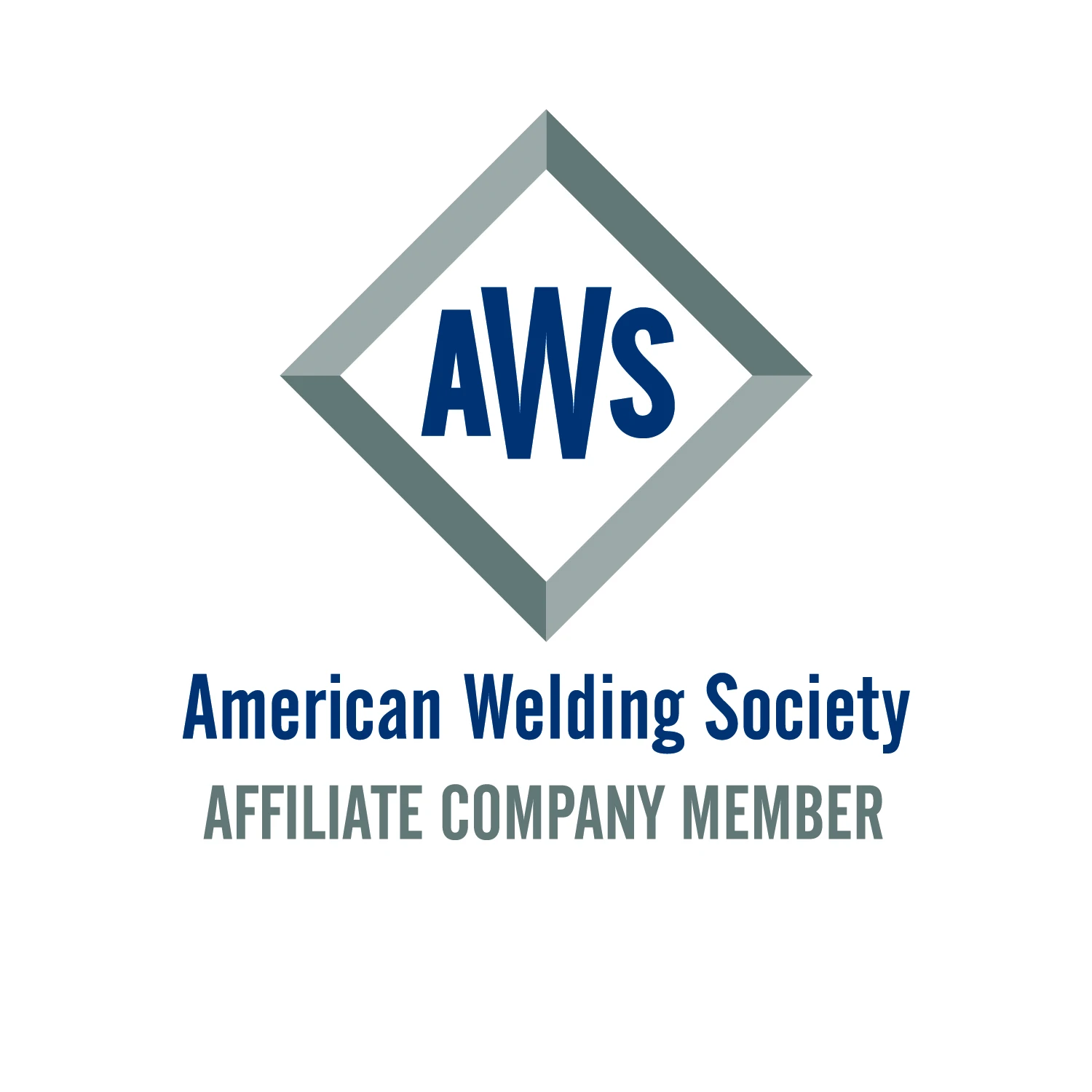We’re told Industry 4.0 is an industrial revolution as significant as the transition from cottage industries to the Henry Ford assembly line. Such transitions take years, and Industry 4.0 is no different. The puzzle pieces are starting to appear. The challenge is seeing how they all fit together.
To find out, let’s try a thought experiment and imagine what a custom precision sheet metal fab shop of the future might look like. First, having excess machine capacity is conventional practice. The more excess capacity an operation has, the more demand variability it can handle, and—with so many lanes on the shop floor highway—the smoother jobs can flow from one step to the next.
An operation has just one or two extraordinarily high-powered fiber lasers, perhaps in conjunction with a punch/laser combo system (for form-tool capabilities), feeding a collection of automatic-tool-change press brakes, each of which can be robotized or operated manually depending on the job, made possible through advances in programming and safeguarding.
If something has a QR code, its usage is being tracked. For instance, tooling usage would be tracked every time a brake or punch tool is inserted and every time a machine cycles. And that tracking information is not just used to see when it’s time to sharpen or buy a new tool. It is integrated with job costing data, quoting data, and general market data to guide both technology and business development.
Machines continually send data to a server, run on-site by the fabricator or off-site by the machine OEM or third party. The idea is to compare operational data with data from other machines and other shops. In this way, the machines learn and, ultimately, become more adaptable.
Lasers adapt to different surface conditions and slight thickness variations; part offloading adapts to the nest at hand, producing information the company’s automated nesting engine can use. This in turn is connected directly to a customer-facing, web-based quoting engine that automates order processing.
Extending this further, data could be sent to material suppliers so they can perfect their own leveling and processing. A long and skinny part cut from a sheet full of stress can spring up and crash a head. The right leveling technology at the service center (roller, stretcher leveling, etc.) should, at least in part, mitigate the problem.
Back at the fab shop, parts flow from cutting to bending to welding to powder coating, and in each operation adaptable automation plays a prominent role. For instance, in powder coating, a robot wielding a spray gun operates with a vision system that produces a “digital twin” that gives the robot an image of the part hanging in front of it. Connected to an artificial intelligence (AI) engine, the robot instantly “learns” how to spray the workpiece for complete coverage.






